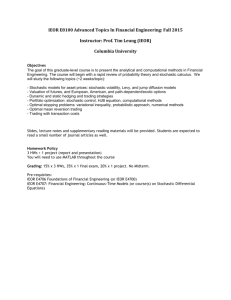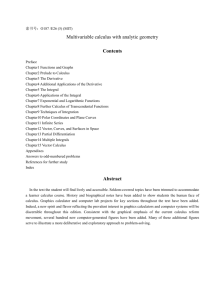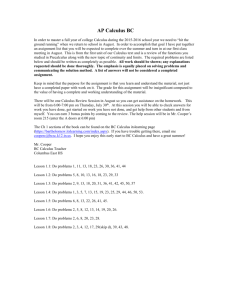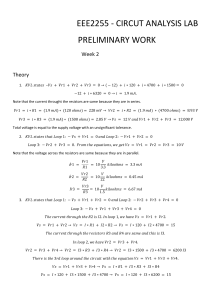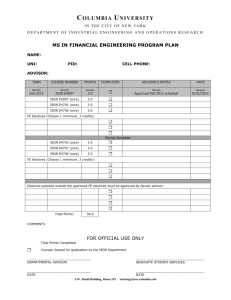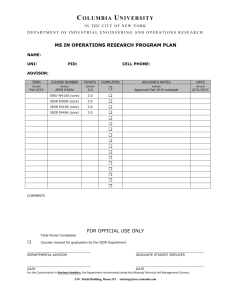Syllabus 4700.fm
advertisement
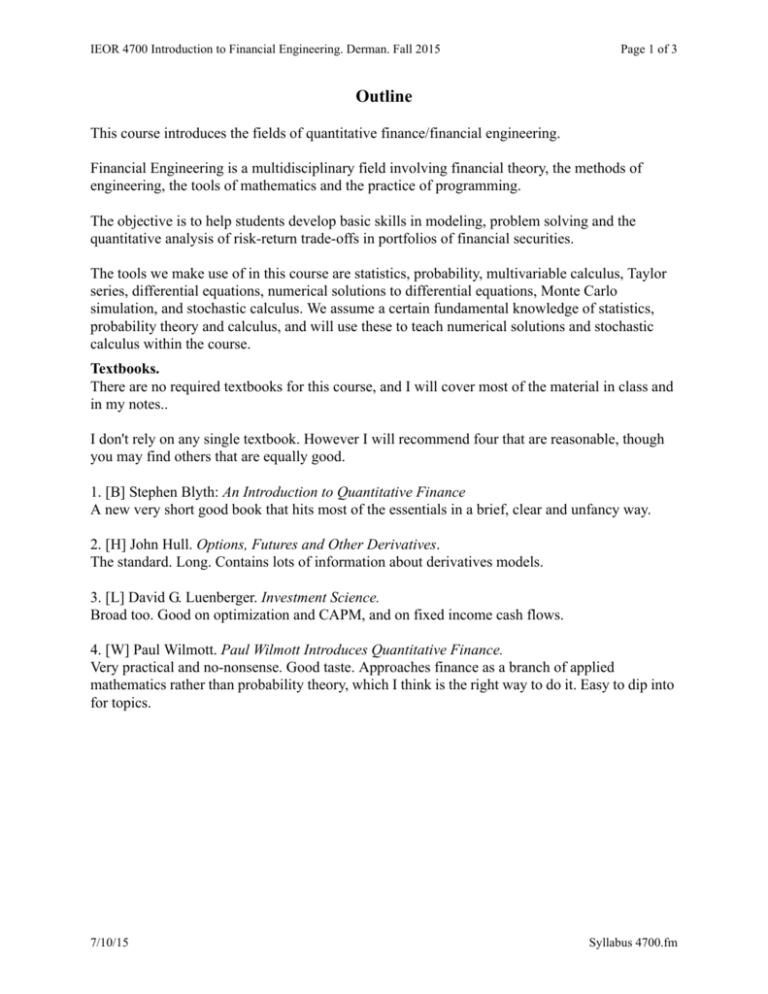
IEOR 4700 Introduction to Financial Engineering. Derman. Fall 2015 Page 1 of 3 Outline This course introduces the fields of quantitative finance/financial engineering. Financial Engineering is a multidisciplinary field involving financial theory, the methods of engineering, the tools of mathematics and the practice of programming. The objective is to help students develop basic skills in modeling, problem solving and the quantitative analysis of risk-return trade-offs in portfolios of financial securities. The tools we make use of in this course are statistics, probability, multivariable calculus, Taylor series, differential equations, numerical solutions to differential equations, Monte Carlo simulation, and stochastic calculus. We assume a certain fundamental knowledge of statistics, probability theory and calculus, and will use these to teach numerical solutions and stochastic calculus within the course. Textbooks. There are no required textbooks for this course, and I will cover most of the material in class and in my notes.. I don't rely on any single textbook. However I will recommend four that are reasonable, though you may find others that are equally good. 1. [B] Stephen Blyth: An Introduction to Quantitative Finance A new very short good book that hits most of the essentials in a brief, clear and unfancy way. 2. [H] John Hull. Options, Futures and Other Derivatives. The standard. Long. Contains lots of information about derivatives models. 3. [L] David G. Luenberger. Investment Science. Broad too. Good on optimization and CAPM, and on fixed income cash flows. 4. [W] Paul Wilmott. Paul Wilmott Introduces Quantitative Finance. Very practical and no-nonsense. Good taste. Approaches finance as a branch of applied mathematics rather than probability theory, which I think is the right way to do it. Easy to dip into for topics. 7/10/15 Syllabus 4700.fm IEOR 4700 Introduction to Financial Engineering. Derman. Fall 2015 Page 2 of 3 Topics (subject to change) The nature of finance Markets, products, value, uncertainty and risk Underlyers and derivatives, forwards, futures, options Products with deterministic cash flows Present value analysis, bond prices, risk measures Products with risky cash flows (i.e. almost everything) A model for risk Random walks and stock prices Binomial lattices Arithmetic Brownian motion Geometric Brownian motion The One Principal of Finance: The Law of One Price/ No Riskless Arbitrage Deriving A Relation Between Risk and Return Sharpe ratios The Capital Asset Pricing Model Markowitz Mean-Variance Optimization Revisiting CAPM Mathematical Tools for Stochastic Processes: Stochastic calculus and Ito’s lemma Options, Forwards, Futures Binomial tree model Risk-neutral pricing Black-Scholes PDE Black-Scholes formula Delta hedging and Greeks American options Model Calibration & Implied Volatility Exotic options Numerical Methods of Solution Modeling Interest Rates and the Term Structure of Interest Rates Revisiting Risk-neutral Pricing: Martingales No-arbitrage principle 7/10/15 Syllabus 4700.fm IEOR 4700 Introduction to Financial Engineering. Derman. Fall 2015 Page 3 of 3 Martingales “Fundamental Theorem” of Finance Changes of measure Risk Management of Portfolios Value-at-Risk etc 7/10/15 Syllabus 4700.fm


